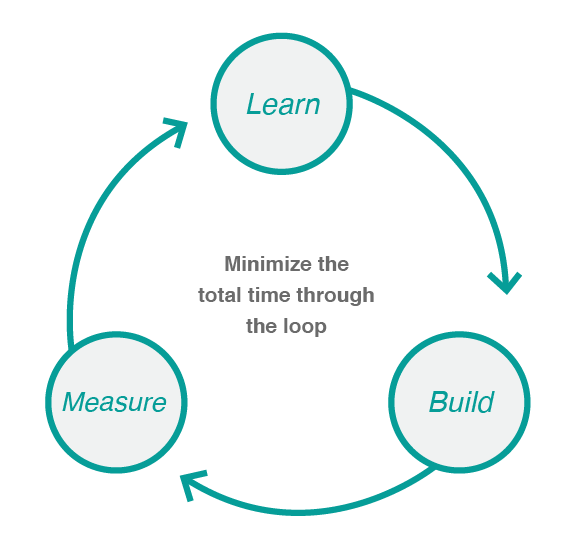What’s Going On In Banking? Key Takeaways
Feb 13, 2025 | 3 min read

 Blog
Blog
April 22, 2016|0 min read
Copied
In the age of Google, account holder expectations have changed. It’s no longer acceptable for financial institutions to wait around for quarterly reports on account holder profiles. That’s way too long in the digital age. Google works in milliseconds not quarters, and financial institutions should follow suit.
The primary benefit of real-time data is that it enables institutions to enact the lean startup methodology, a methodology used by startups to tighten the time between idea, execution, and analysis.
Here’s how it works. First, a company brainstorms an idea to generate revenue. Second, they execute on that idea. Third, they reference real-time data to learn if the idea and execution worked as planned. Finally, they use that data to refine their ideas and executions. The whole point is to tighten the feedback loop between ideas, execution, and analytics.

When financial institutions tighten this feedback loop, they can quickly learn which ideas actually bring results and can then execute on those ideas above all others. McKinsey & Company has found that this agile methodology is critical to successful marketing at financial institutions. In their report “Digitizing the Consumer Journey” they say, “The most successful omnichannel marketers we’ve seen ... practice end-to-end management of microcampaigns. Their campaign-building processes typically include systematic calendaring, brainstorming, and evaluation sessions to allow for one-week and two-week turnaround times.” A two-week turnaround time is tremendously agile for the financial services space. At that pace you’ll quickly outpace the competition. That’s the power of the lean startup methodology.
Mastering the lean startup methodology matters because new players in the financial services industries are already moving at the speed of digital. For instance, when we interviewed Anthony Thomson, the Founder of Metro Bank, he said, “Using data analytics and predictive technologies, we will help customers know what they want before they even think about it. We are in the data business as much as we are in the banking business.” Other new players such as Simple and Moven are also moving in real time, and every future entrant will be too. Anything less is too slow.
The crucial piece here is that financial institutions can access external data. As McKinsey says, “Companies must apply advanced analytics to the large amount of structured and unstructured data at their disposal to gain a 360-degree view of their customers.” You can’t get a 360-degree view if you only have internal data. Financial institutions that have regular access to external account data (accessible via account aggregation) will have the upperhand. They’ll be able to see the full range of products that account holders have and immediately make direct counter offers to competitor products.
With this data at hand, you’ll use the lean startup methodology to refine your campaigns and quickly figure out your optimal marketing strategy. If a particular campaign falls flat, you can iterate and produce something more compelling. Soon enough you’ll know exactly what’s most effective for your institution based on a wide range of data.
Players in the financial industry want an agile experience because it’s what consumers have come to expect. These consumers visit Amazon and see recommendations based on what they just purchased; they visit Google and see results that directly match what they just searched for. They expect the same experience from their bank, and the lean startup methodology makes that possible.
Feb 13, 2025 | 3 min read
Feb 4, 2025 | 6 min read
Dec 13, 2024 | 3 min read
